Published online at Louisville, Kentucky USA -
An independent, secular, contemporary journal of political and environmental issues dedicated to peaceful reduction of human impacts on Earth
Published online at Louisville, Kentucky USA -
An independent, secular, contemporary journal of political and environmental issues dedicated to peaceful reduction of human impacts on Earth

BadwaterJournal.com
WHAT UNSUSTAINABLE URBAN GROWTH LOOKS LIKE
Thai Junta to replicate NCAA ‘Clownization’ program
Vast revenues expected through neoliberal morality program HERE





Recent heavy rains raised the South Fork of Beargrass Creek to the top of the concrete channel

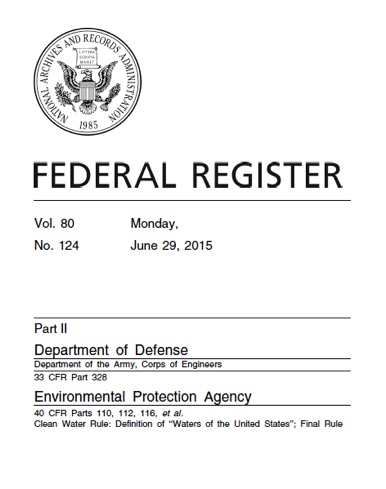

WOTUS final jurisdiction rule elicits hoots, howls and crocodile tears from industry
(c) July 7, 2015 Bud Hixson
The EPA has published a FINAL RULE defining “Waters of the United States” for purposes of determining the scope of jurisdiction of the Clean Water Act.
Legal challenges have been filed in Federal District Court in Georgia —where Kentucky’s Attorney General Jack Conway has joined the Complaint—and in U.S. District Court in Galveston Texas. See Complaint cover on right.
The Plaintiffs include major resource extraction corporations and industrial livestock producers and suppliers associations.
The corporate Plaintiffs pantomime fear that the new definition will force them to meet CWA requirements on a host of new water features they presently pollute with impunity. But its more likely the new definition and any court case upholding it, will increase loopholes for industry polluting upstream waters that need protection.
The new rule will allow unchecked stream degradation from urban transportation sources.
The exemption for ‘transportation ditches’ will allow major deicing and road runoff pollution to flow into polluted urban waterways. The new WOTUS definition carves urban road runoff -any amount- out of the CWA.
EPA postures as a water protector, but industry’s hysterical claims that everyone in Smalltown USA will have to get a federal permit –are baloney. In fact, CAFO manure slurry ponds containing live virus and anti-biotic resistant bacteria and the same liquids running off farm fields remain exempted from CWA.
Agriculture fertilizer increases nutrient loading to the Ohio and Mississippi Rivers but field runoff is exempted by this rule change—if anything, non-point source pollution become more defensible.
Federal enforcement may be exercised over the discharge of pollutants to WOTUS where such discharges exceed permit conditions or are done without applying for and being granted a permit to pollute from U.S. EPA or Kentucky DOW.
(The failure of state and federal enforcement of CWA and weak provisions and exemptions enacted
by Congress have led to the Dead Zone in the Gulf, decades of sewer overflows, and Dead urban streams)
The WOTUS rule appears to extend protection to non-navigable waters that significantly affect the water quality of downstream navigable waters. But not all of them. The Clean Water Act had always been construed to give the U.S federal jurisdiction over ‘navigable waters’ through the Commerce clause of the U.S. Constitution. The feds could set pollution limits and enforce them in the navigable waters and authorize state pollution permitting programs to ‘regulate’ the discharge of pollution to navigable waters.
WOTUS continues jurisdiction over the navigable waters but also non-navigable waters including tributaries, ‘adjacent waters’ such as wetlands, ox-bows, ponds and lakes. Further, a class of waters that is determined on a case by case basis to have a ‘significant nexus’ with protected waters may also be under CWA protection.
But the burden would fall upon citizens to prove a “significant nexus’ in a legal challenge. Once a state agency has ruled there is no significant nexus and thus no jurisdiction, citizen Plaintiffs would have to present threshold scientific test results and other proof to be heard in Court. Federal and state courts grant highly deferential review to the decisions of agencies acting in their sphere of expertise. The WOTUS rule gives agencies a strong hand in deciding jurisdiction and access to Court.



Transportation runoff ditches would be excluded under (b)(3)(ii) as having intermittent flow and not being relocated tributaries. Thus even if they could be shown to have ‘significant nexus’ to protected waters and to significantly affect water quality and habitat—they are excluded from federal CWA regulation and no discharge permits required regardless of the tonnage of metals or salt discharged. In effect, the state transportation systems can flank its roadways with runoff inter-mittent flow ditches that discharge to urban streams already dying from heavy interstate pollution. Roadway deicing pollution is exempted under the new WOTUS.
(b) The following are not ‘‘waters of the United States’’ even where they otherwise meet the terms of paragraphs (a)(4) through (8) of this section . . .
(3) The following ditches:
(i) Ditches with ephemeral flow that are not a relocated tributary or excavated in a tributary.
(ii) Ditches with intermittent flow that are not a relocated tributary, excavated in a tributary, or drain wetlands.
(iii)Ditches that do not flow, either directly or through another water, into a water identified in paragraphs (a)(1) through (3) of this section.
The statement of basis in the federal register further discusses the transportation ditch exemption:
“Recently, treatment of stormwater has become more prevalent to remove harmful pollutants before the stormwater is discharged. Even more recently, cities have turned to green infrastructure, using existing natural features or creating new features that mimic natural hydrological processes that work to infiltrate or evapotranspirate precipitation, to manage stormwater at its source and keep it out of the conveyance system.
These engineered components of storm-water management systems can address both water quantity and quality concerns, as well as provide other benefits to communities. This rule is designed to avoid disincentives to this environmentally beneficial trend in stormwater management practices. This exclusion does not cover transportation ditches; those ditches are addressed under paragraph (b)(3) of the rule.
As discussed above, the exclusion in paragraph (b)(6) is intended to address engineered stormwater control structures in municipal or urban environments. Stormwater control features are designed to address runoff that occurs during and shortly after precipitation events; as a result, stormwater features that convey runoff are expected to only carry ephemeral or inter- mittent flow.”
A vague rule susceptible of multiple interpretations, coupled with the deferential review standard that Courts apply to a challenge to agency decisions means most water protector lawsuits to block pollution of a disputed water feature will be thrown out for want of jurisdiction under the new WOTUS.
Beargrass Creek -a transportation impacted urban stream
Desert stream in Arizona
Bad water
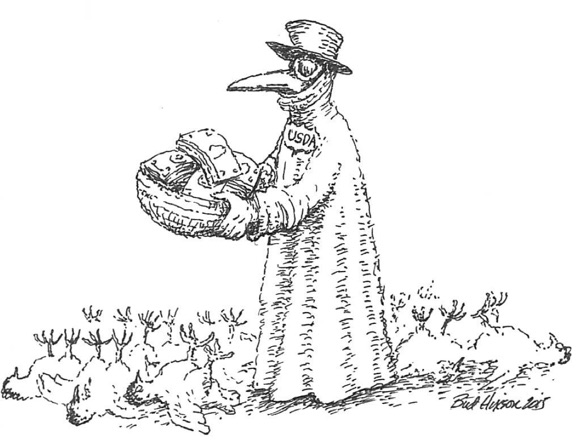
Wild ducks role in avian influenza outbreak considered by Senate Committee
(c) July 7, 2015 Bud Hixson
Committee member Sen. Gary C. Peters, of Michigan, tried to investigate the role of concentration in producing human disease risk. He asked the panel:
“Fifty-six (56) private farms provide 90% of the egg production in the U.S. Thats a lot of animals in a small space. Does this concentration make us more at risk for disease?”
The panelists reframed or shifted the issue in responses to deflect the focus from CAFO concentrations and redirect it to ‘bio-security procedures’ practiced at CAFOs. The panelists shilled for the multi-billion dollar CAFO industry by generally avoiding the issue of whether CAFOs in and of themselves are an intolerable public health risk. The USDA and CDC are giving the CAFO industry a pass, and scapegoating workers lapses in ‘bio-security’ and waterfowl as transmission agents from Asian farmers.
"The more birds you have in a location, the more virus production, the wider spread can occur, what we need to be thinkin’ about in the way of bio-security and why this is different from what it has been prior . . .
This is the first time in North America that we've had a high path AI virus travel through wild birds from Europe and Asia to North America--the first time. And its because its adapted itself to these dabbling ducks and its moved across the Bering Strait--it never happened before in a high path--low path maybe-- but not high path . . .so what is different now is we have to consider bio-security.
Obviously the more birds you have, the easier the virus can spread, the more virus production, thats why its critically important to get birds put down quickly.”
John Clifford DVM APHIS
John Clifford for USDA championed the new world view of the CAFO elite--that, we have to see the entire outdoor environment as a reservoir for pandemic human and animal virus. Bio-security--for protecting CAFO profits--will still allow unlimited dispersal of virus containing manure and animal bodies onto the rural landscape as fertilizer--but animals will be shut tight in air filtered houses and tended by Level 4 biosecurity-clad minimum wage workers. Meat and eggs will get to U.S. and local markets, while wild ducks, bats, sparrows and other wild animals that drink CAFO polluted water or flock around CAFO houses may be targeted for extermination. Insects were not discussed, but move in and out of CAFOs
Senate Committee Chair Johnson, said his take away lesson was that poultry operators needed to be getting USDA indemnity payments too--not just the big 4 integrators.
The future where states are “covered in shit” and wild animals targeted for removal is here.
“obviously the more birds you have, the easier the virus can spread, the more virus production . . . thats why its critically important to get birds put down quickly”
John Clifford,
Chief Veterinary Officer of the United States
On July 8, 2015 the U.S. Senate Committee on Homeland Security and Governmental Affairs held a hearing titled:
Stopping an Avian Influenza Threat to Animal and Public Health
On hand to inform the committee members were heads of the USDA and CDC effort, to prepare for the fall round of highly pathogenic avian influenza virus. AI has already cost tax payers, industry operators, CAFO workers and investors, at least $ 2 billion dollars. Experts fear the fall will see new outbreaks of highly pathogenic avian influenza in poultry in eastern seaboard and other states. 18 global trading partners have halted U.S.-origin imports of poultry and poultry products. Trading losses could reach $3 billion or more.
The USDA, CDC and other experts seemed to sing from the same hymn book --framing the largest animal health emergency in this country’s history (Clifford, USDA remarks) as a problem with wild ducks and not concentration of animals in CAFOs. The scapegoat in this emergency that will cost taxpayers billions and perhaps their lives if (when) a human virus pandemic emerges, is to be migratory waterfowl. The other scapegoat is poor Asian farmers in China who, ‘sleep with their chickens and with with pigs walking around outside.’ (Clifford).
While subsistence farming practices do put human lungs and bowels in close proximity with mammalian pigs that may act as ‘mixing vessels’ producing human pathogens––U.S. CAFO practices– expose humans and animals by the millions. Prior to this season, CAFO workers in both pig and poultry houses had not been donning full bio-security protection--goggles, respirator and Tyvek coveralls. Now, some workers exposed to sick flocks are already colonized with pathogens. Still more have been exposed while killing poultry by the millions and hauling their bodies to state landfills or incinerators in Iowa and Minnesota.
Federal agencies and industry suppliers are now contemplating the need to adopt extreme bio-security procedures that have never been consistently practiced by rank and file agri-workers. The cost of stringent bio-security in an era of lethal AI will undermine CAFO ‘efficiency’ and profit margins. The CAFO model is broken.
“We need bio-security to be strong at every level. One level is the geographic location of the facilities.”
“The workers on those premises and contractors and so forth, that help with remediation [killing and hauling away dead birds] really need to be tracked to make sure they're OK following their exposures and that they don't develop illness that could be a human case of avian influenza,
Ann Schuchat, MD, CDC
Farm boots, coveralls, and free travel onto farms and between separate CAFO houses is now a thing of the past. According to testimony by Dr. Jack Gelb of the University of Maryland, the concentration of poultry broiler CAFOs in the Del-Mar-Va peninsula is so great that a ‘live-haul’ truck carrying cages of broilers to be slaughtered may zip past 15 or so other poultry CAFOs on the way to the abattoir. The dust and particulate flying off the truck would compromise bio-security at every farm along the way. Industrial operators are contemplating significant changes in the production practices.
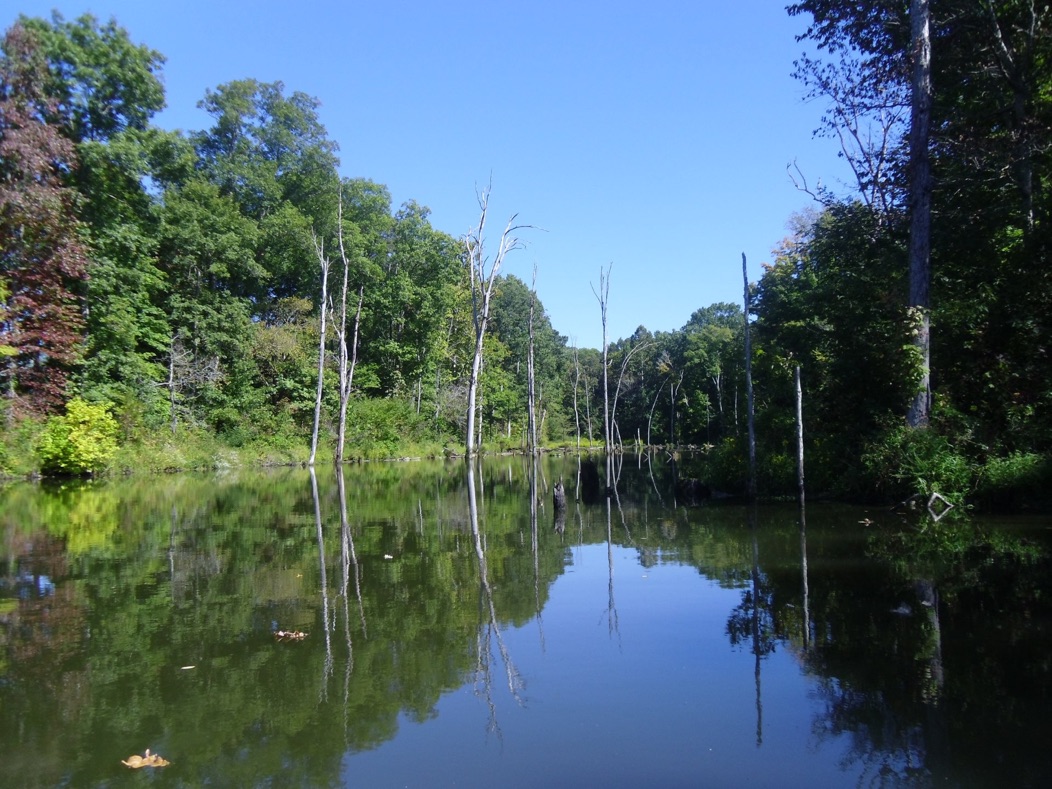
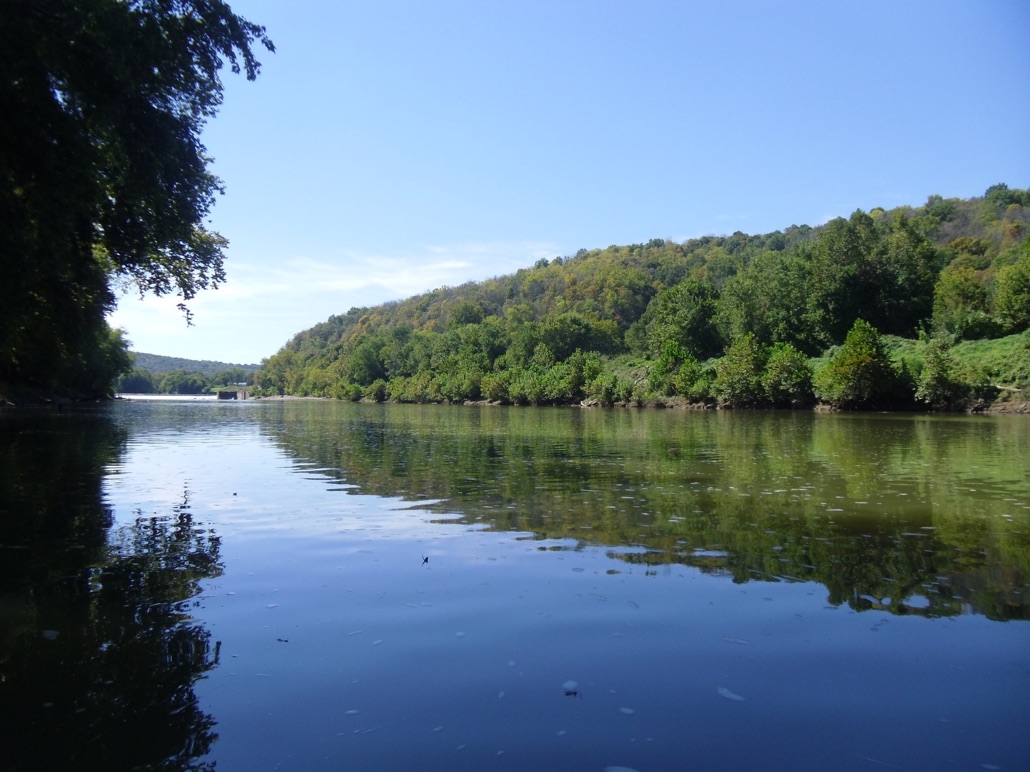
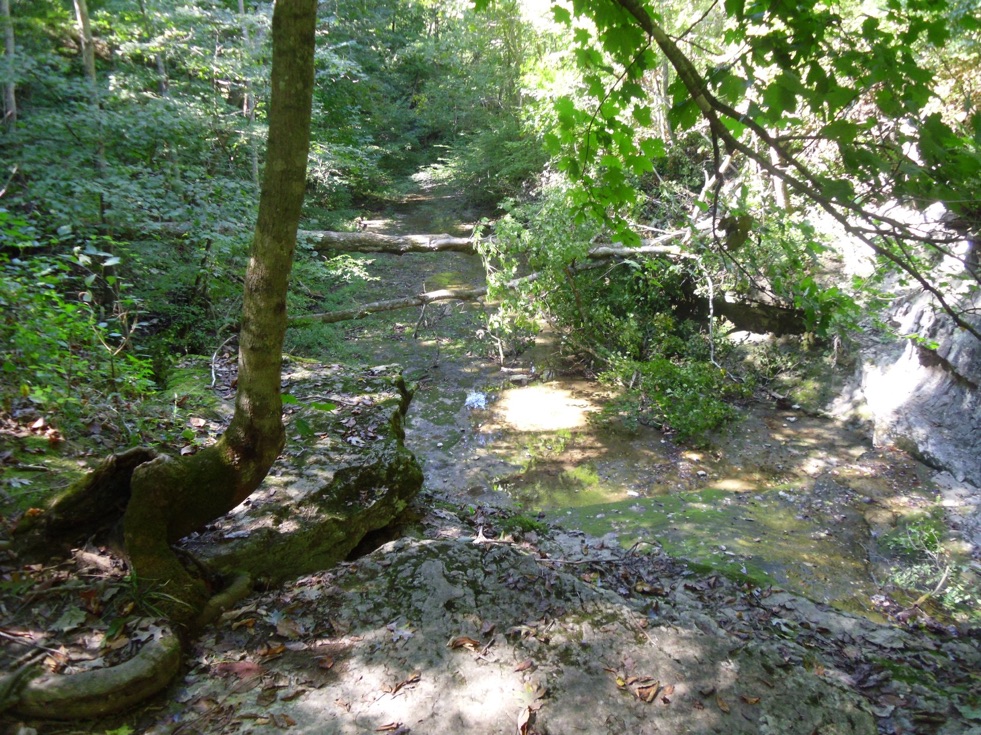

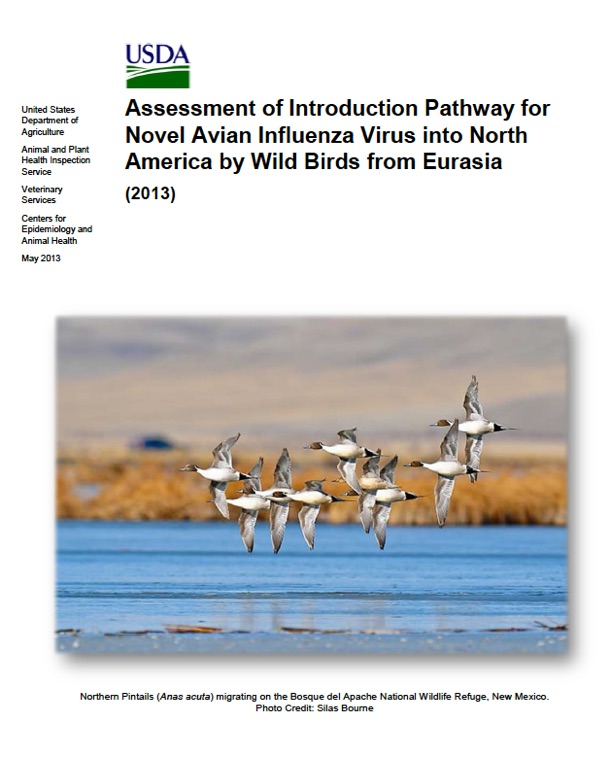
So called ‘dabbling ducks’ dive to the benthos or sediment of water bodies --where feces from other animals has collected --and feed there. They can become infected with virus brought in by migratory ducks using the Pacific flyway and flying across the Bering Strait to Alaska and points south.
However the assessment shown at right judged the probability of a high pathogenic virus traveling intact from the provinces in China where ‘wet markets’ and third world type animal farms co-mingle animals like pigs, chicken and with more exotic food sources--as low or extremely low. (Page 21)
Now it appears the USDA believes this has happened and that the virus has been brought in not by people or freight, flying on jets and carrying virus on their clothes, shoes or in lungs, but by migrating ducks.
Transfer of high pathogenic virus directly by waterfowl from China to America was deemed low probability, but a higher probability was sequential transmission where ducks in close proximity transfer infection from region to region until it finally reaches local duck species and can then infect CAFO poultry.
Global warming is predicted to result in a 3-6 degree centigrade increase in average temperatures in migration routes of the Pacific flyway. Conditions could favor earlier migration of infected ducks from the south China provinces and perhaps promote virus survival and enhance the chances of sequential transmission. see, Sonja Smith,
Waterfowl and Climate Change: Issues and implications on the web. Populations of waterfowl could decrease due to summer drought conditions drying up historic habitat.
Pandemic Virus and Industrial livestock articles are HERE
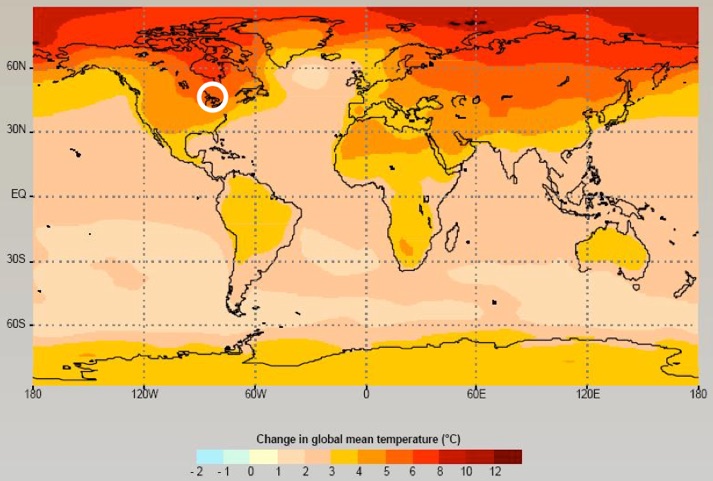
Waterfowl may have transferred virus of Eurasian origin to North America and infected local waterfowl that inhabit the waters near CAFOs. The problem then becomes the spread of virus to millions of confined animals by the transport of animals on highways and CAFO workers carrying virus obtained in the environment or already infected premises into uninfected herds and flocks.
The USDA and other experts in the Senate Committee meeting sought to blame any future human pandemic that emerges on poor traditional animal farming practices in the southern provinces of China. Their immediate fear was an outbreak that could occur in the fall that could cost billions of dollars and millions of birds to the CAFO growers in other states. A serious threat is seen and its “all hands on deck.’ But are we simply re-arranging the chairs on the Titanic ?
One of millions of Transportation ditches
not covered under WOTUS though it discharges to tributaries and navigable waters
Beautiful tributary stream-non-navigable but important to habitat and discharging to navigable waters--covered as WOTUS
A navigable water, The Kentucky River--covered as WOTUS
Benji- Kinman lake, an adjacent water, an oxbow lake--covered as WOTUS
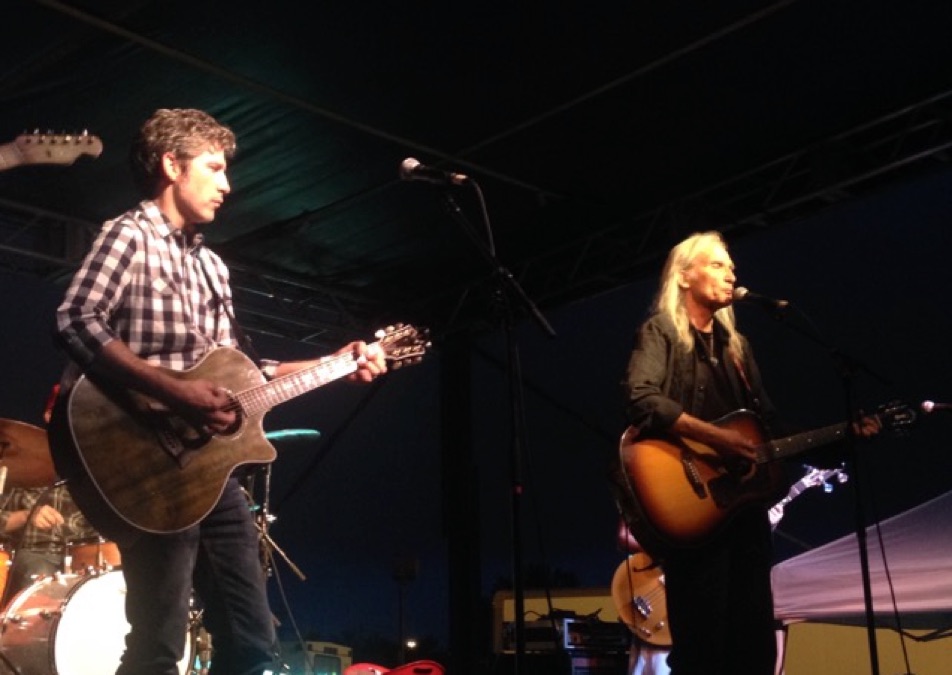

Jimmie Dale Gilmore
crosses the line at Lebowski fest Louisville
Panhandle honky tonker
bowls over crowd

JIMMIE DALE GILMORE is a big star. And its not from the bit part he played in the Coen Brothers movie, The Big Lebowski (1998). That movie touched a nerve of a particular segment of disaffected, beer besotted, and culturally rudderless couch potatoes, and entered the ranks of cult film classics like Repo Man, Paris, Texas and Fargo– other movies that took a tenderloin cut out of the under-class American experience, lived out in clapped out cars, grimy taverns, and foreclosed shopping mall parking lots.
Mr. Gilmore grew up in the tavern-dotted, flat lands of the Texas panhandle, born in Amarillo and raised in Lubbock, where the hot sun of the day yields to cool interiors of the night and a “honky-tonk” music tradition melding influences from Ragtime to Cowboy Celtic.
Jimmie Dale has a rich tenor voice, an instrument he uses to cross the line from performance into shared sensibility. His songs go deep, reminding us we leave pieces of ourselves along the way. Like Georgia Rose,
“It's on dusty streets we walked
And talked of things to be
And she never laughed or mocked
My wanting to be free
Tonight I'm free
to walk these streets
While the wind cuts through my clothes.
And I'm free to dream forever
About my Georgia Rose.
So come to my dreams
Sweet as a flower
Blooming among the pines
Georgia Rose
Still my desire
Once you could have been mine.
The Big Lebowski is set in the schlock-scape of Los Angeles with interiors in the bowling alley favored by
“The Dude” played by Jeff Bridges, and his buddies. The Louisville festival was sited in a huge bowling alley parking lot, and hundreds of locals donned film character costumes with laugh-out-loud effect.
Mr. Gilmore played a bowler named Smokey in the Big Lebowski. Smokey bowls a smooth strike at the bowling alley and is threatened at pistol point by the PTSD-suffering character, Walter Sobchak portrayed by John Goodman. Walter insists his toe crossed the line and the strike has to be nullified. Mr. Gilmore told the concert audience he got more fame for his two minutes in a Coen Brothers movie than for all the decades he’s spent criss-crossing the country playing with his band, The Flatlanders, and sometimes sharing the stage with big names, like Willie Nelson and Lucinda Williams.
The musicians that shared the Lebowski Fest stage were seriously good, including his son Colin Gilmore and singer/songwriter Bonnie Whitmore playing bass, who with other members of Colin’s band built a solid rhythm platform under Jimmie Dales’s rich tenor.
Security was bare minimum and Mr. Gilmore moved among fans after the show shaking hands and doing selfies. Metro gov apparently isn’t pumping up Lebowski-Fest like it is Forecastle. Maybe there is a competition for summer festival market share or some incorruptibility of the Lebowski management that has already cast its die with the Dude’s profane and secular championing of pot fueled informality.
The Dude just doesn’t make an easy vehicle to piggyback on the effete snobbery of local corporate movements--those trying to upsale every consumer into a discriminating bourbon taster, a trackside horse handicapper, and a dually wheeled pickup driver. Lebowski’s philosophy asserts the righteousness of the caucasian male belly flopping over discount plaid shorts, of well earned hangovers in the morning, and of generally drowning the pain and frustration of meaningless, endless wars, missed payments and cultural clashes in canned libations. In a world where the workers revolt never comes, and the levers of major cultural forces are out of reach of most, The Dude sits on a lawn chair throne in the kingdom of futility.
Folks dressed as ‘The Dude’ and ‘Walter Sobchek’
All photos: (c) 2015 Patricia Perryman
Left: Colin Gilmore Right: Jimmie Dale Gilmore
“Honky Tonks were rough establishments with music, that served alcoholic beverages to a working class clientele.
The "Honky Tonk Sound" has a full rhythm section playing a two beat rhythm with a crisp backbeat. Steel guitar and fiddle are the dominant instruments.”
Wikipedia

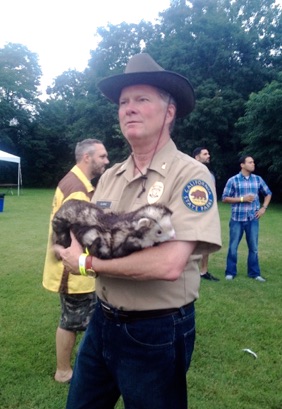

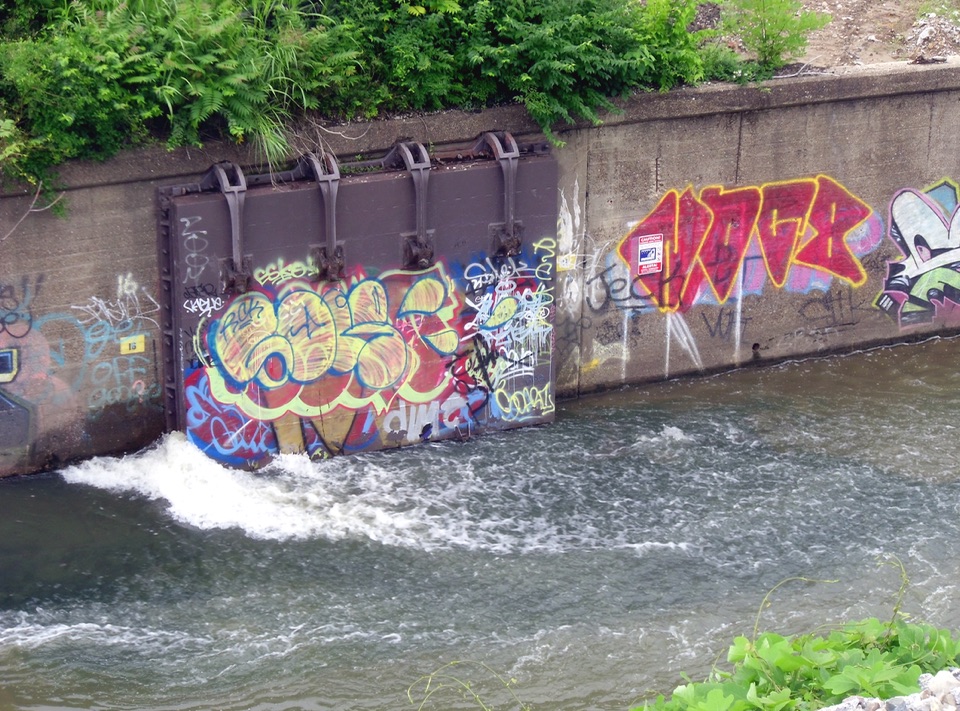
South Fork of Beargrass Creek


Fundamental insights in American history provide a framework for
understanding the present
“What does raceism have to do with it?”
‘Is Healing Possible Quorum‘ needs to ask the right questions







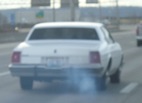


RELATED PAGES:
IOAP Two UPDATED HERE Obama Highway Policy HERE
Tire Wear Tokyo HERE Transportation Emissions HERE
CSO Ordinance HERE Particulate HERE
Wet Weather HERE Air Monitoring HERE Sensored City HERE
Smart Barrels HERE Airport Ultrafine HERE
Road Salt HERE Air Pollution Louisville HERE
Can Democratic Government Survive in 2015 ? HERE
